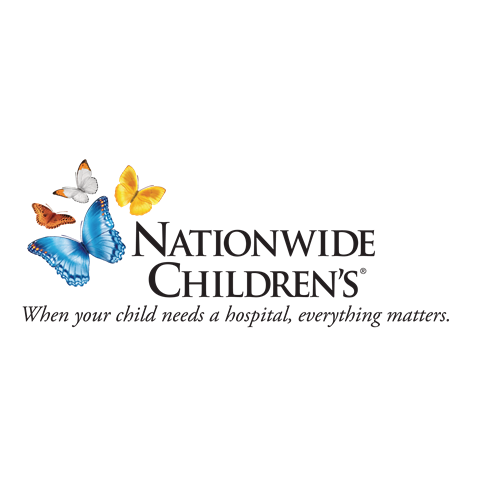A Tailored mHealth Vaping Prevention Intervention for Adolescents with Congenital Heart DefectsCongenital heart defects (CHD) are the most common birth defects with an occurrence rate of 1 in every 110 births. When transferring from pediatric to adult care, one-third of adolescents are in optimal cardiovascular health. Due to this, health behavior intervention is ideal in adolescence. This is especially crucial when youths report using e-cigarettes or the possibility of using one in the future. Researcher, Kristen Fox, at Nationwide Children’s Hospital created a tailored mHealth Vaping Prevention program for adolescents with CHD to reduce engagement with health risk behaviors. The curriculum is improved with added topics surrounding stress management and disease knowledge with the implementation of gamification and animations to facilitate knowledge and sustain engagement about tobacco product education. By utilizing the mHealth format, the curriculum will reach and engage adolescents with content that classroom-based programs cannot or failed to in the past. For example, the curriculum includes a module about stress management that will cover goal setting, sleep hygiene, problem solving/ coping and more. Existing programs failed to discuss the importance of stress management despite adolescents admitting to vaping as a form of stress relief. Additionally, the program also includes a module surrounding disease knowledge with topics in self-management skills, lifestyle choices, cardiac defect education, cardiovascular risk factors, responding to symptoms, taking responsibility for health care and communicating with healthcare providers. When transitioning to adult care, many individuals with CHD do not have enough access to education about their cardiac defects, cardiovascular risk factors, symptoms of heart disease and the importance of cardiology follow-ups. With a lack of knowledge, adolescents with CHD may engage in riskier behaviors. This program will fill in the knowledge gaps regarding vaping especially for adolescents with CHD who experience a heightened vulnerability to its effects. |

Tech ID2022-006 College(None) Licensing ManagerInventorsCategories(None) |
